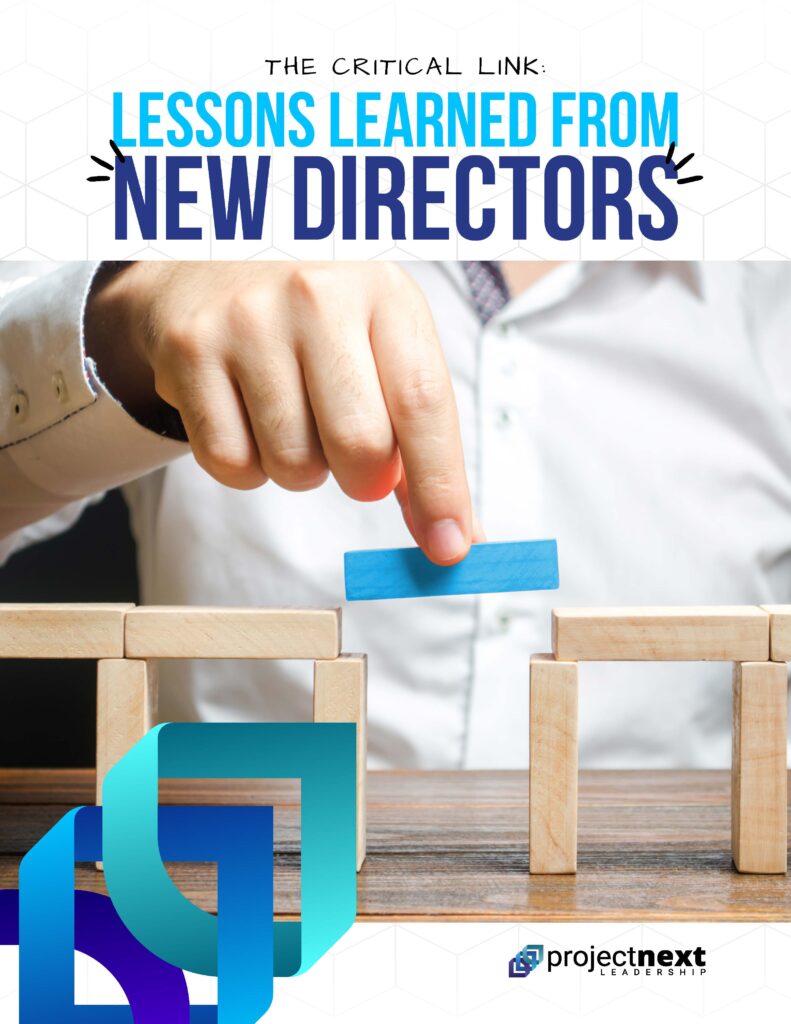Definition of hybrid: “a thing made by combining two different elements; a mixture.”
Much of the discussion in the corporate world these days is about the return to work: how and when it will happen, how employee expectations have changed, and what lies ahead. Many questions remain, but we do know that most organizations have settled on a “hybrid” model – one where employees will do some work in the office, and some at home. Given the marked changes the pandemic has accelerated in how we work, it’s only natural to seek clarity on what the implications are for leadership in this new setting.
While experience in the hybrid world will yield a number of new best practices, we already know that leaders will need to shift the way they do things to accommodate these new realities, combining capabilities and attributes in new ways that will be key to driving performance. Mixing these attributes can be challenging as they can sometimes appear contradictory. But leadership in this time requires creative integration of these qualities.
Ironically, hybrid work will require hybrid leadership.
As we think about the leadership approaches to thrive in the hybrid work environment, there are four key leadership combinations, or hybrids, that will distinguish the leaders who successfully make this transition:
Hybrid #1: Leading by steering and hearing. More than ever, leaders need to provide direction to align and engage their people during such dynamic times. And paradoxically, they need to listen to their teams more closely than they ever have. As employees come out of the fog of the last 18 months, they need clarity to operate at full speed. But to lead successfully through this transition, leaders need to stay curious and agile in order to respond to the new forces shaping hybrid work.
Hybrid #2: Growing results and resilience. Many organizations have been surprised by their ability to drive recent productivity, even with most (or all) employees working from home. As the economy rebounds, the most agile organizations will capitalize on positive market momentum and continue to grow. At the same time, leaders need to recognize the collective fatigue and stress brought on by navigating the conditions of this moment. While continuing to push for results, the best leaders will prioritize building resilience for their people (and for themselves). What does this look like? Effective executives will build in opportunities for team members to recharge, to design work settings and schedules that promote wellbeing, and will encourage team members to be candid about what they need to thrive in this new hybrid work world.
Hybrid #3: Modeling flexibility and fairness. We know that the remote work settings forced upon us during Covid created a wide spectrum of needs and realities for employees. Many had to make significant adjustments in order to be productive; one good example is the plight of many working parents with young children. Being responsive to accommodating individual circumstances will continue to be important. And at the same time, leaders can build trust by being fair, equitable, and transparent in how they address these needs.
Hybrid #4: Building teams in the room and on Zoom. Until recently, we thought of in-person and remote work as mutually exclusive. Leaders have typically used different skill sets to manage “locally” versus “virtually.” Now, it will be some combination of both. For example, what do team meetings look like when some employees attend in person and others via videoconference? How does a performance feedback conversation look different if done for one employee in person, and another via a phone call? How do we manage proximity bias when considering promotions and other new opportunities? And how does a leader now dance across these dimensions that will mix every day, every hour, probably every moment? One critical skill for this fluid environment is facilitation. The onus is on the leader to make these interactions easier for all involved – and being agile and proactive in how to best do this will make the best leaders stand out.
With intention, high-performing senior leaders will combine and model new ways of leading that will blaze a trail for the hybrid world of work. Shifting from an “either/or” mindset to one of “both/and” will be critical for this transition.




